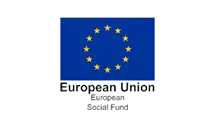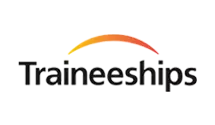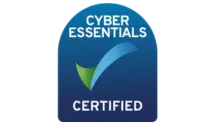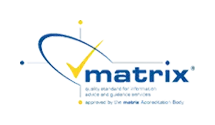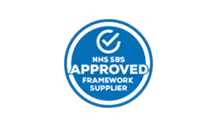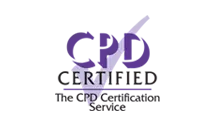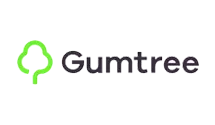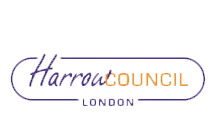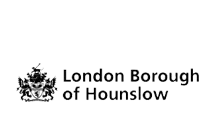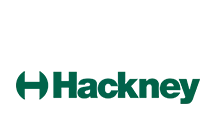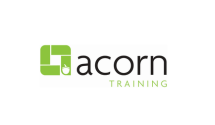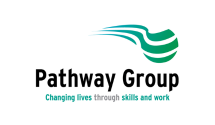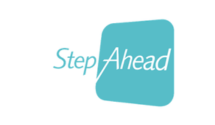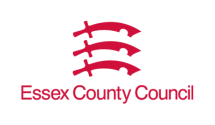Procedure to become AAT Bookkeeping License Holder – AATQB – MAAT
You will learn here how to follow the AAT Guidelines.
AAT bookkeeping license, AATQB and MAAT status makes you capable of setting up your own bookkeeping business. You need to follow the process of the application process of the AAT – it enhances your employability potential.
Out of many reasons, AAT has the best solutions for a career choice in accounting and finance. It’s an opportunity to obtain a licence and work as a qualified and approved bookkeeper. AAT has set its application process for individuals - to fulfil to receive an AAT license.
KBM is here to explain the AAT license process:
- Eligibility Criteria
- Application Process
- Benefits of AAT License
- License Exemption
- AAT License issuance
Eligibility Criteria to Become an AAT Bookkeeping Licence Holder
Once you have completed the AAT Bookkeeping qualifications, you will be eligible for the AAT bookkeeping license. If you are an AAT professional member, e.g. MAAT, AATQB, and FMAAT, you are only available for this license when you do not qualify for a license exemption. The following criteria apply if you wish:
- To provide services as self-employed bookkeeping or accountancy services as a sole practitioner or a partner in the organisation.
- To provide self-employed bookkeeping or accounting services as a director with at least having 5% of your shares, your household, or your family.
- Provide self-employed bookkeeping, accountancy services etc. to the public as a designated member or member of limited liability partnership.
- Join an existing practice.
As a Student or affiliate member, you have to wait until you are eligible for a professional membership before you can apply for an AAT license.
There are essential steps to be followed before providing self-employed bookkeeping or accounting services; you need to:
Only undertake work which is adequate to perform, and you have a similar experience of working.
You should ensure that the detail of the services are not misleading and amplify the services you are capable of providing, your experience and the qualification you obtain.
Get registered for money laundering from the supervisor HMRC and another approved professional accountancy body.
In your service provider role, you should follow all the regulations, procedures and policies.
You are not entitled to reference AAT or copy the logo to display on your website, emails, business cards, materials, and signatures. The only workable way you are permitted to refer to the AAT is when you are currently holding the qualification or studying the AAT qualifications.
Application Process
1. You have to download the application form and carefully read the guidelines.
2. Prepare your supporting information, including:
- Complete the AAT diagnostics test
- Arrange your professional references
- Apply for necessary disclosure Certificate
- Arrange Professional Indemnity Insurance
- Arrange continuity to practice cover
- Register with the Information Commissioner’s Office
3. You need to apply for AAT Licensed Accountant along with the application fee, and you will pay membership and licensing fee separately.
4. You will receive your license approval from AAT- within two weeks.
5. Register with HMRC.
AAT license is a symbol of professionalism and compliance in accounting, provides you with a wide variety of resources to set up a successful business. AAT bookkeeping license provides up to five services which include:
- Bookkeeping: The bookkeeping is a recording of financial transactions, and is an integral part of the accounting processes in the business. The process includes receipts, sales, purchases and payments done by an individual or an organisation—the methods of bookkeeping include single-entry and double-entry bookkeeping systems.
- Financial accounts and accounts preparation: This will include developments of final accounts for the sole traders and other partnerships.
- VAT: This include preparation of Value Added Tax returns, dealing with HMRC on client's behalf, advice on the VAT rates in respect of both inputs and outputs. The expectation from a member practising in VAT is to explain VAT principles and calculations of the payment for the VAT.
- Computerised accounting systems: Demonstration, illustration, or providing training for the clients on accountancy and accounting systems.
- Payrolls: The calculations of the net pay of the client’s employees after taking out all the deductions and reimbursements of expenses.
Benefits of AAT License
- Getting an AAT Bookkeeping License will enable you to run your practices of bookkeepers and accountants successfully.
- AAT License enhances earning potential of bookkeepers and accountants - the average fee income for the full-time AAT Accountant who is self-employed is £54,500
- It helps to utilise your finance skills and knowledge - This helps to align with clients and improve your networking.
- It assists in achieving the balance in work with job satisfaction - 92% of AAT licensed accountants are satisfied in their jobs roles.
- It assists in starting your own business as a side venture - as per the AAT, around 30% of AAT accountants started their practices as self-employed.
- Free and discounted events are available to assist in growing your business.
- Provide advice on marketing your business
- Networking opportunities available
- Industry updates
- Pieces of advice for running your business
- CPD and practice management resources
- Anti-money laundering compliance
- Featured in the AAT Licensed member directory
- Free and discounted technical support
License Exemption
The individuals that are authorised and regulated by a chartered or certified accounting body are not required to have the AAT license. The list of accounting bodies is available under this exemption policy of the AAT.
Suppose you are going to issue the license to another accounting organisation on a subcontractor basis. You should make sure your security by either the sub-contracting bookkeepers or your professional indemnity insurance. You need to understand the counter tax evasion methods, strategies, and controls set up.
It would be best if you had a subcontracting understanding, by explaining your job and duties alongside the concurred illegal tax avoidance.
In the event when you are expert and yet are endeavour independently employed work on a willful premise to family/companions, a little cause or a non-benefit making substance, then need not bother about AAT permit.
It would help if you offered types of assistance in regions where you hold suitable information and experience. It would be helpful if you did not acquire any compensation from your work except for repayment of the sensible costs. It would help if you did not speak to yourself as an AAT authorised part or being out in the open practice.
You should advise customers whether you hold professional indemnity insurance spread at the beginning of any work embraced. You should follow all part of AAT guidelines and approaches incorporating consenting to the CPD arrangement and code of professional ethics.
AAT License Issuance
AAT gives licenses to its members through different policies, as mentioned below:
- Continuity of practice policy: AAT necessitates for all permit holders to have set up to guarantee their training can process in case of long haul nonappearance or discontinuing the firm,
- Client Care Policy: it includes the requirements for client care, placed on those holding a license to provide self-employed accountancy services.
- Practice assurance standards: AAT firm should assure that their firm meets all the rules which are set by AAT practice assurance standards.
- Client’s money policy: A firm must receive or hold client’s money only following Clients money policy.
- Professional Indemnity insurance policy: AAT requires that all the professional indemnity insurance covers the services they provide.


